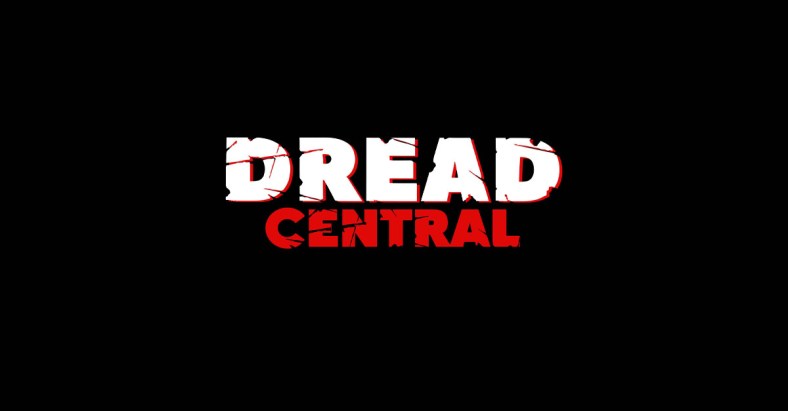The History of Horror is the History of Queerness

Horror is queer. From its earliest roots in the oral tradition to contemporary marquee tentpoles, horror always has been, and always will be, queer. In both actuality and conception, queer elements have long been central to the genre. There are explicit, queer-centered texts in the contemporary canon– e.g. Let the Right One In and Jennifer’s Body– and older, classic staples– e.g. Dracula’s Daughter and The Curse of the Cat People– so afloat with queer subtext, I’m swimmy in the head just thinking about them.
Also Read: Annie Graham Is A Good Mother In Ari Aster’s HEREDITARY
With the likes of Freaky, Spiral (no, not the Saw spinoff), and What Keeps You Alive, it might appear that horror has only embraced its queer roots in the past few years. That is unequivocally incorrect. Horror is not becoming colloquially woke– it is merely giving face and identity to what has always been bubbling under the surface. If the genre is a witch’s cauldron, next to tannis root and eye of a newt is bonafide queerness.
The genre, though, like many queer persons, is heartrendingly adept at de-centering sexuality and identity. Identities are scaffolded and structured in such a way that even perennial queer classics such as A Nightmare on Elm Street 2: Freddy’s Revenge are simultaneously queer and not. The hegemony is so resilient and pernicious that queerness coexists alongside a more conservative, ostensibly safer reading of the given media text. What is queer is also packaged in congruence with enduring social norms– what is queer must also be straight.
Queer discourse has all but flayed the last layer of skin from The Texas Chainsaw Massacre, yet to moviegoing audiences unfamiliar with the likes of Robin Wood or Carol Clover, the movie is just brrph, brrph chainsaw man. Scary, violent, yet safe. Scary, violent, yet straight. Queerness is peripheral and hazy, a coastal morning along the Gulf, there but not quite. It both is and is not.
Also Read: Jason Blum’s (Blum)House of Horrors: A Decade of Terror
Podcasts and editorials illuminating the queer discourse of the Scream series or Butcher, Baker, Nightmare Maker remain sequestered away from the audiences and persons that need them most, the persons who lament queer readings and queer casting, queer crews and queer leads, committed incredulously to the almost sinfully wrong idea that horror is, and should remain, apolitical. Curiously, apolitical horror, perhaps paradoxically, is likely a familiar realm for most queer persons.
In ninth grade, my high school required one year of mandated physical education, one semester of which encompassed gym class, the other which was a sanitized, queer-exclusionary health course. Gym class, that quotidian pocket of trauma for most young queer persons, was punctuated by not just physical exertion and exercise, but locker rooms; locker rooms where I needed to change.
Those four months of changing were nightmarish, enveloping me in such suffocating dread and fear, I missed upward of twenty days that term, too enervated and broken down to endure another day of changing in front of my peers. My identity was closeted– it was cloistered and help so dangerously close to my chest– but that didn’t matter. The scent of it was there, and that was enough. It was enough to be taunted and hit, shoved and made to feel so small and so ugly, I’d rather die than have to change again.
Also Read: Grief and Terror with THE FINAL GIRLS and PHANTASM
My identity, like the horror genre’s, became layered. Hidden. I structured my life and my desires, so thoroughly de-centering my own sexuality, I didn’t come out until twenty-five. It was peripheral to me because I’d become so skilled at hiding it. It was an adjacent identity, one I never let encompass and drive me. I buried it. A body in the woods I never wanted exhumed.
The horror genre, enduring queer, has bodies of its own. It has toxic ideals promulgated by classics such as The Silence of the Lambs. It has its own cemetery full of queer bodies– the genre, in stark departure from its inception, often relishes the opportunity bury its gays.
Christopher Landon’s Freaky is the only explicitly queer horror movie released theatrically in the last several years, not barring the likes of Luca Guadagnino’s Suspiria remake, tenuous in both queer subtext and release strategy. The indie scene thrives, but wide-release horror remains insufficiently political in terms that far exceed sexuality and gender identity.
Also Read:
Incredulity reigns because horror is queer. Greek tragedians wrote of murders in bathhouses and imbued their classic texts such abject queerness. Medieval French literature explored werewolf afflictions from a queer codex. The Gothic tradition is really just the Gay tradition. Cinematically, though, queerness is too often buried under six feet of dirt. It’s time for horror to exhume more than just bodies– it’s time to exhume the queer.
Also Read: My Body, My Horror: Body Positivity in the Horror Genre
In doing so, queer audiences will feel seen. They will feel heard and valued. Their identities will be rendered authentic. They will be more than monsters and ghouls, traits and subtext for villains to exhibit and scholars to interrogate. They will simply be. Rather than queer meaning horror, horror will mean queer. Horror will mean queer because horror is queer.
Categorized:Editorials News

